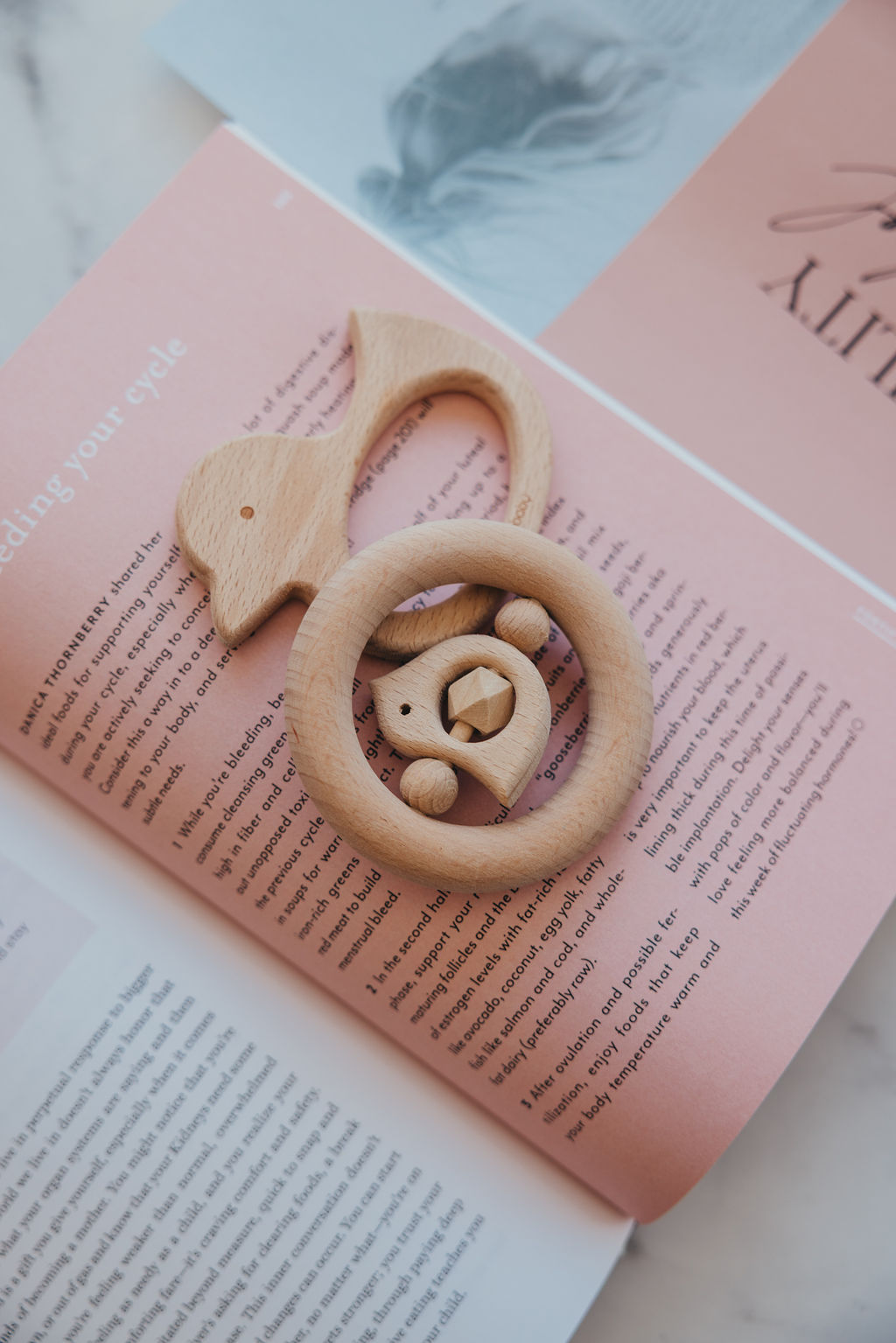So…can you get pregnant during your period?
Short answer? Yes.
Long answer? Well, let’s unpack that.
This is one of the most common fertility myths I hear as a fertility coach – and if I could go back and tell my younger self one thing, it would be this: unprotected sex during your period is not a foolproof way to avoid pregnancy.
Whether you’re trying to conceive naturally or using natural fertility methods for birth control, this is a big one to understand.
Let’s dive in.
Why You Might Be Fertile During Your Period
Here’s what a lot of people miss: menstruation isn’t a guaranteed infertile phase.
Why? Because the presence of blood makes it impossible to tell whether you’ve also got fertile cervical mucus – and mucus is the key sign that you’re in your fertile window.
That wet, slippery sensation you feel around ovulation? That’s fertile mucus. But guess when else you feel wet down there?
During your period.
This means that even if you’re bleeding, you could have mucus hanging around – and if sperm enters the picture, it can survive for up to five days in that mucus-rich environment.
Which brings us to timing.
What Happens Between Your Period and Ovulation?
Let’s walk through the menstrual cycle.
Your period (menstrual phase) kicks things off. From there, you enter the follicular phase, which is usually a non-fertile window unless you have fertile mucus.
This phase can be super variable – even from one cycle to the next.
- Some women experience a few days of complete dryness after bleeding ends. That’s one type of basic infertile pattern.
- Others have a few days of unchanging, non-fertile mucus – it might be sticky or tacky, but it doesn’t shift into the slippery type we associate with peak fertility.
Both patterns are considered non-fertile until that mucus starts to change. But here’s where it gets tricky…
Some Women Skip That “Safe” Window Altogether
If your cycle is on the shorter side – say, less than 26 days – you might go straight from your period into your fertile window. That means you don’t get that reliable dry or sticky phase in between.
This is why cycle charting is so important. If you don’t know your own pattern, it’s very easy to miscalculate your fertile days – and that’s where accidental pregnancies happen.
You might think you’re in the clear… but if you ovulate early and have sex during your period, sperm could hang around just long enough to meet that egg.
Recap: Why Yes, You Can Conceive From Period Sex
Let’s sum it up:
1. You can’t confirm you’re infertile during your period.
You’re bleeding, and blood contains mucus – so it’s impossible to confidently say you’re not fertile until bleeding fully stops and you’re dry.
2. The follicular (non-fertile) phase varies cycle to cycle.
This is the most changeable phase of your cycle – which is exactly why apps can’t reliably tell you when you’re fertile.
3. Some women skip the non-fertile days after their period.
For shorter cycles, ovulation may happen earlier than you think. You might roll straight into fertile mucus right after bleeding stops – or even while you’re still bleeding.
4. Not all bleeding is your period.
Spotting mid-cycle (like ovulation spotting) can be mistaken for a light period. If you’re not charting, you might assume you’re safe when you’re actually fertile.
The Bottom Line?
It’s not that you can get pregnant while menstruating – it’s that you can get pregnant from the sex you had during menstruation.
That difference matters. A lot.
So if you’re aiming to conceive naturally – or avoid pregnancy using natural fertility methods – charting your cycle and understanding your own fertile patterns is non-negotiable.
Because your body is giving you signs every day. And when you know how to read them? That’s when the magic happens.

+ show Comments
- Hide Comments
add a comment